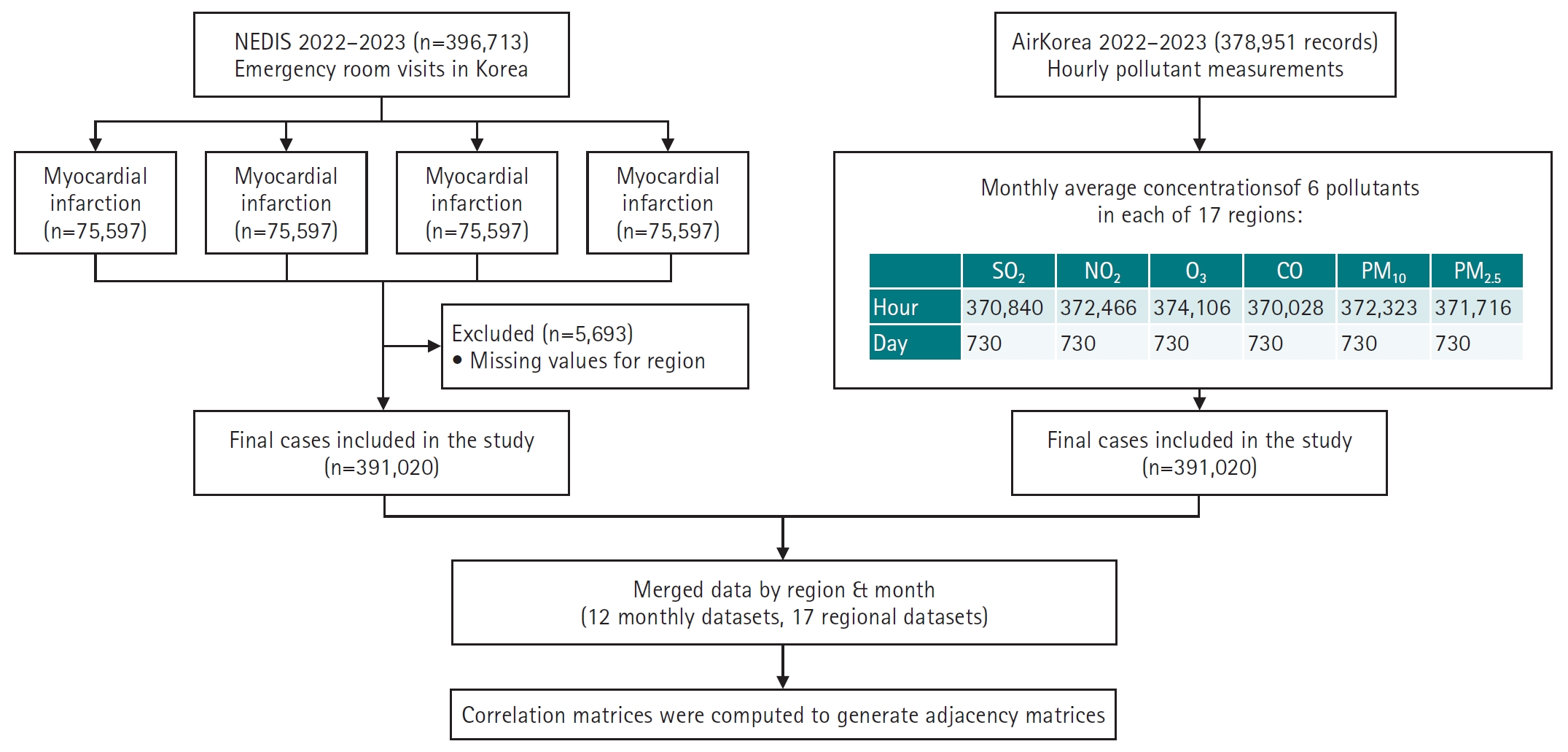
 , Seungpil Jeong
, Seungpil Jeong , Eunhee Ha
, Eunhee Ha
 , Ki-Sook Hong
, Ki-Sook Hong
According to current knowledge, apolipoprotein B/A1 (apoB/A1) ratio is like to be risk factor in coronary artery disease. There is evidence form case-control studies that apoB/A1 ratio may be a superior to LDL and HDL cholesterol in discriminating coronary artery disease case subject from control subject. However, relationship between apoB/A1 ratio and cerebral ischemic stroke is undefined. The main object of this study is to determine whether the risk of cerebral ischemic stroke is related to levels of apoB/A1.
The study group included 643 patients (Men, 372; Women, 271) who diagnosed cerebral ischemic stroke between January 2008 to December 2010. The control groups were composed of 378 patients (Men, 139; Women, 239) who diagnosed other neurological disease. The correlation between lipid profiles and odds ratio of 10 preliminary risk factors (total cholesterol, triglyceride, LDL, HDL, apoA1, apoB, apoB/A1 ratio, non HDL, total cholesterol/HDL ratio, LDL/HDL ratio) for stroke were analyzed.
ApoB/A1 ratio was significantly increased in case patients compared with control subjects. Multivariate logistic regression analysis identified decrease of apoB/A1 ratio (odds ratio [OR], 1.583; 95% confidence intercal [CI], 1.105~2.269) as significantly associated with stroke. Individual apoA1 (OR, 1.303; 95% CI, 0.967~1.755) and apoB (OR, 1.397; 95% CI, 0.773~2.523) were also not significantly associated with cerebral ischemic stroke.
Increase of apoB/A1 ratio is associated with an increase risk of cerebral ischemic stroke. Use of apoB/A1 ratio is efficient as conventional lipids, for the identification of subjects at increased risk of stroke. So apoB/A1 ratio to standard lipid profile testing could improve the evaluation of risk factors of cerebral ischemic stroke.
Citations


